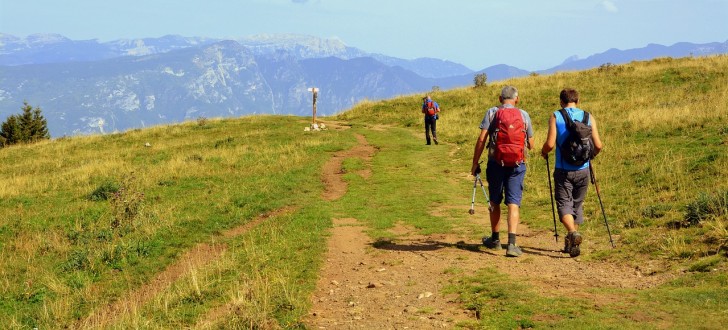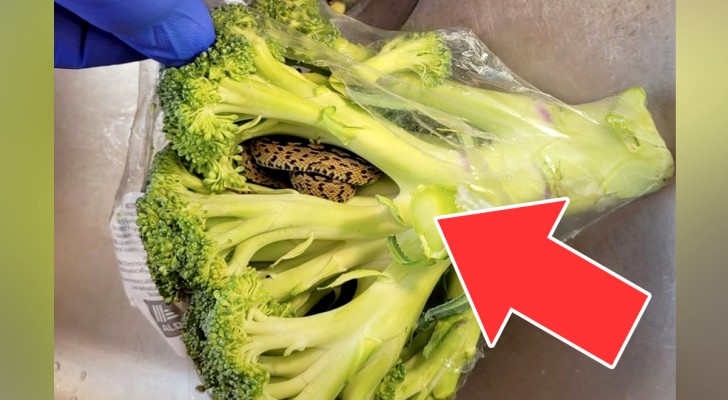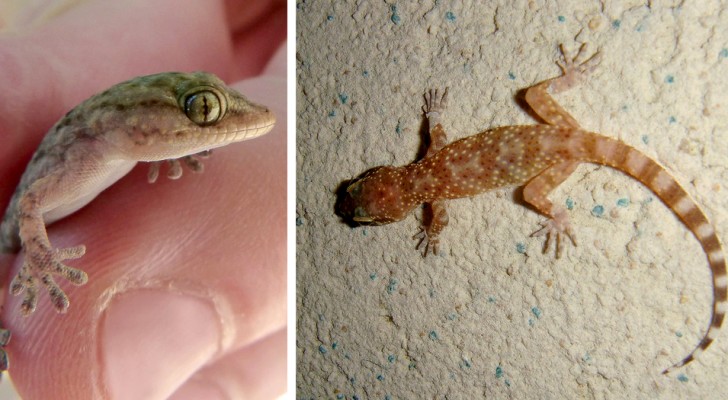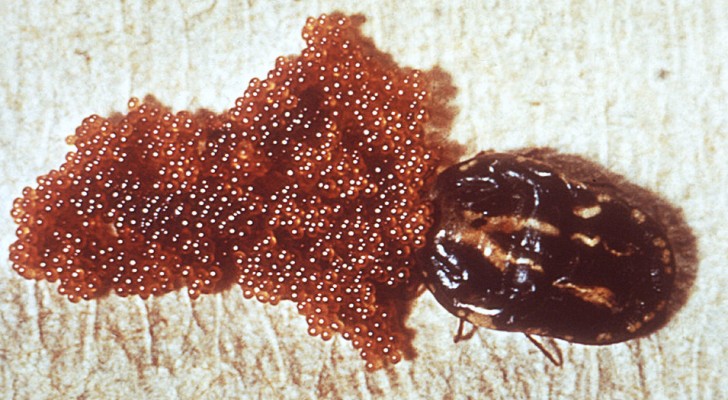Viper snake bite: what to do and what not to do if you have no medical knowledge

When walking and hiking in nature, one should not just be thinking about enjoying the experience because nature can be as insidious as it is fascinating and knowing some rules is essential to avoid getting into trouble.
The danger of snakes, for example, is always present and lying in wait. In fact, the viper is one of those snakes that over time has acclimated to live both in mountainous areas and in localities that are typically warmer.
Therefore, it good to know how to keep vipers away and how to intervene in case of a viper snake bite.
via webmd.com
What to do
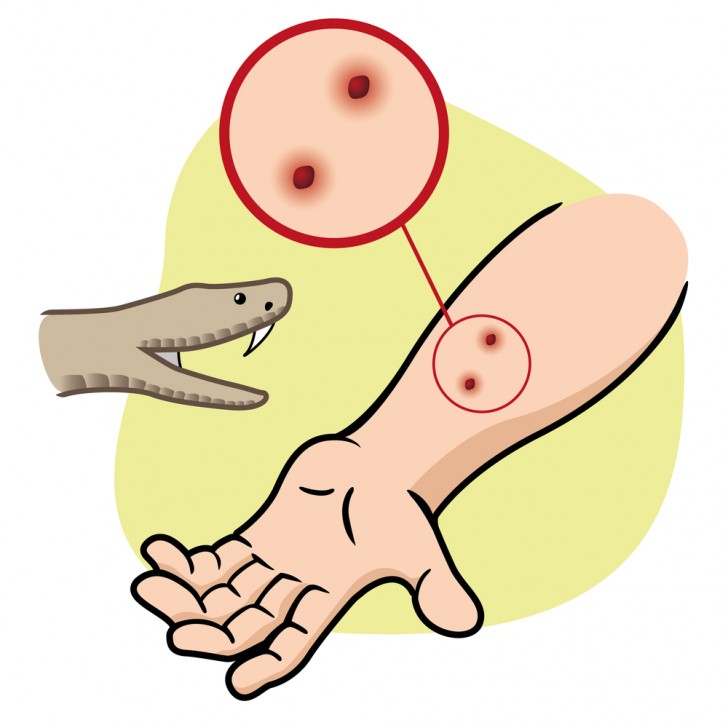
- What to do BEFORE an excursion: Wear hightop shoes and long socks up to the calf, as well as long trousers.
- What to do DURING an excursion: While walking make some noise, to drive off any animals and avoid leaving jackets and sweaters lying on the ground. If you go searching for mushrooms, pay attention to where you put your hands because vipers often hide under stones and rocks.
- How to recognize the viper bite: The bite of a viper can be recognized because it consists of two signs, about 2-3 inches (6-8 mm) apart, and surrounded by a transparent serous substance. The severity of the bite depends on many factors, such as the age of the person, body weight, any pre-existing health conditions and the area bitten.
- Symptoms of the viper bite: Immediately after the bite, the first symptoms appear: swelling, erythema, redness and localized pain. The other symptoms may also appear after hours, up to a maximum of 24 hours, and are: muscle pain, nausea, vomiting, diarrhea and lowering of pressure, dizziness.
- What to do immediately after the bite: The first thing to do is call the rescue, so as to subject the person to health treatments as soon as possible. While waiting, you need to free the person's limbs from bracelets, rings, and necklaces, before the swelling occurs and may complicate the state of health. It is necessary to keep calm because a fast heartbeat means a greater blood flow and therefore a more rapid diffusion of the poison.
The wound should be washed with plenty of hydrogen peroxide or at most with plain water to partially remove the remaining poison on the skin surface.
You can wrap the entire limb affected by the bite with a gauze, slightly tightening the bandage. Better still if the limb is immobilized with a splint.
What NOT to do
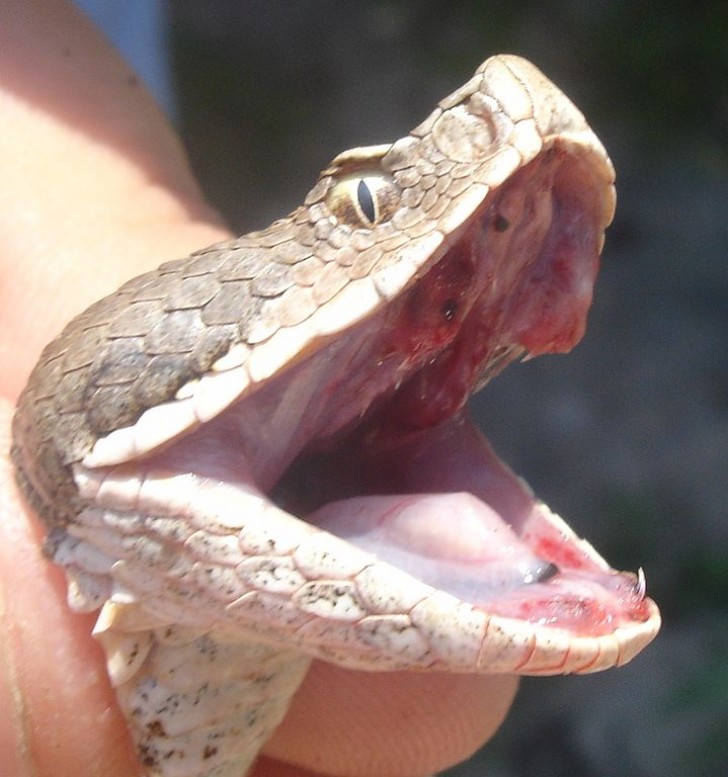
Do not disinfect the bite with alcohol-based disinfectants or worse with alcoholic beverages - the reaction of the poison and alcohol can lead to the production of highly toxic components.
Do not incise the wound or squeeze it to try to remove the poison.
Do not suck out the poison.
Do not tighten the limb with a belt
Do not administer antidotes.
ATTENTION! These are practices that if implemented by the inexperienced can be harmful and contribute to spreading the poison.
Let's make sure you spend your time in nature in complete safety!
